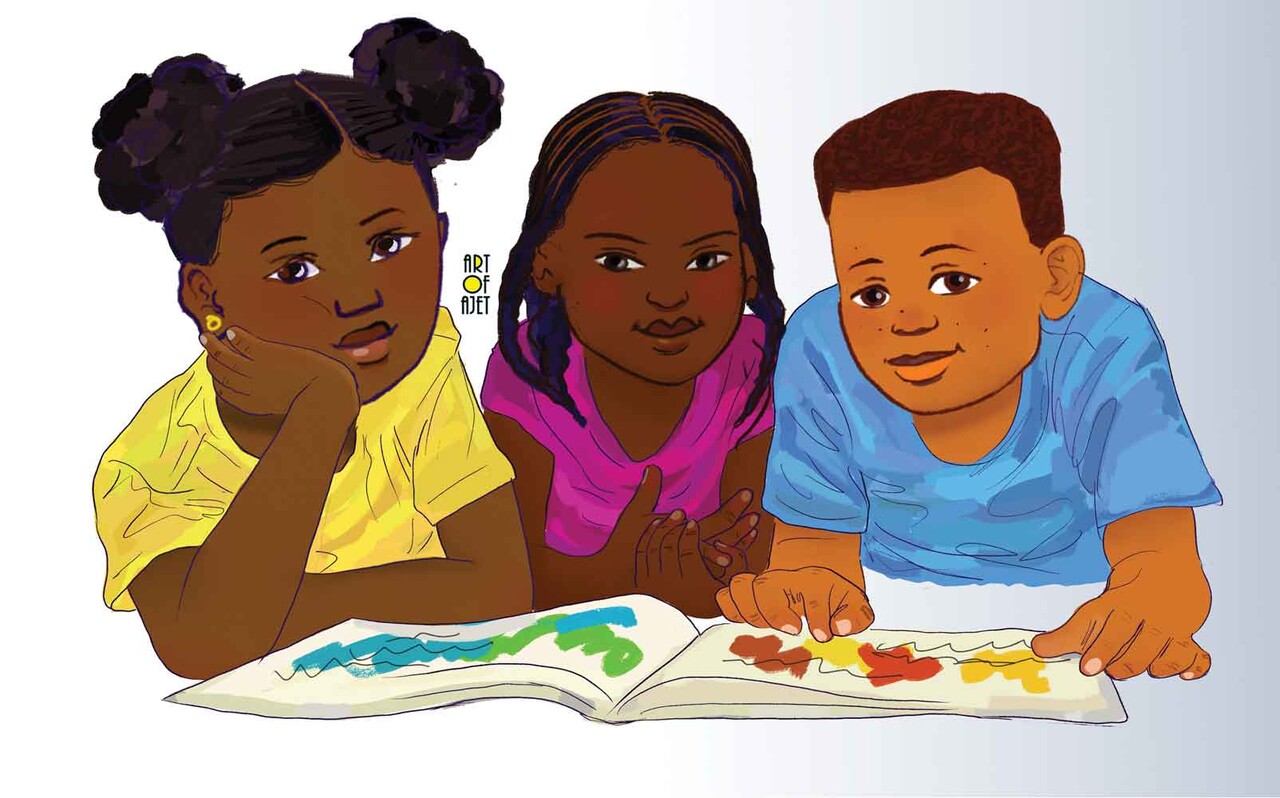Storytelling is a versatile skill that can be used in various aspects of life, from writing fiction to giving presentations and speeches. it is a powerful way to convey information, entertain, and connect with others. Keep practicing and honing your storytelling abilities, and you'll become a more effective and engaging storyteller over time.
Here's a guide to help you become a better storyteller:
1. Understand the Basics:
- Character: Every good story has one or more central characters. These are the people or entities around whom the story revolves. Create well-rounded, relatable characters. Give them depth by exploring their motivations, flaws, and growth throughout the story. Dialogue can reveal character traits and advance the plot. Make it natural and purposeful.
- Plot: The plot is the sequence of events in your story. Most stories follow a three-act structure: introduction, rising action, and resolution. Ensure a logical flow and pacing. Your story should have a clear conflict that builds tension and a satisfying resolution where loose ends are tied up.
- Setting: The setting is where and when your story takes place. It sets the stage and helps the audience immerse themselves in the narrative. Use descriptive language and sensory details to help your audience visualize and experience the story.
- Conflict: Conflict is the driving force of your story. It's the problem or challenge that the main character must overcome.
2. Connect to your audience:
- Tailor your story to your audience. Consider their age, interests, and background. What will resonate with them? Describe sensory experiences like sights, sounds, smells, tastes, and touch to immerse your audience in the story. Understand your characters' perspectives and emotions. Make your audience care about the characters and their journey. Emotional connections lead to memorable stories.
3. Keep them hooked:
- Begin your story with a captivating hook to grab your audience's attention. This could be a surprising fact, a question, a dramatic statement, or a vivid description. Build suspense through the story. Keep your audience engaged by introducing conflicts, obstacles, and challenges that create suspense and anticipation. Incorporate visuals and emotions to make your story more engaging and relatable.
4. Discuss the themes and messages:
- Think about the themes or messages you want to convey through your story. What lessons or insights can your audience gain?
5. Stay open to feedback:
- Practice storytelling regularly to improve your skills. Feedback may be verbal or non-verbal. Keep learning. Storytelling is an evolving art. Read books, watch movies, and listen to other storytellers to learn and draw inspiration. Don't get discouraged if you don't achieve your desired level of skill immediately.
6. Edit and Revise:
- Writing is rewriting. After you've written your story, edit it for clarity, coherence, and conciseness.
Whether it's through writing, speaking, or other mediums, share your stories with the world. Share stories that are meaningful to you. Authenticity resonates with audiences. You never know whose life you might touch or inspire.


